A very happy Loosen lady!
For those of you who think German wine is all sugary sweet and vapid medium wines such as Liebfraumilch, Blue Nun and Black Tower, it is time to rethink and revisit.
For a start the German wine industry has been giving itself a thorough shake up over the last couple of decades. Plantings of the desperately uninteresting grape variety, Müller Thurgau (the demon behind the worst of wines like Niersteiner Gutes Domtal and its friends), are now in decline, amounting to now no more than about 14%. Climate change, better winemaking technique and a genuine thirst to meet strong demand for drier styles and indeed Red wines has totally changed the face of German viticulture and winemaking. The region where we based ourselves, the Pfalz, (in a charming village called Kirchheim in an apartment on a Wine Estate to be close to the action), is considered to be the most dynamic and innovative. On the stupidly picturesque and idyllic Deutsche Weinstrasse, a winding road through Hansel and Gretel villages full of Wineries, stretching from the Alsace border up along the slopes of the Haardt mountains for some 70km, there are vineyards brimful of different varieties: the Pinot family is fully represented (known as “Burgunder” in Germany), so we have Spätburgunder (Pinot Noir), Weissburgunder (Pinot Blanc) and Grauburgunder (Pinot Gris or Grigio); we have Dornfelder, St Laurent, Portuguesier and Cabernet Dorsa adding to the Red line-up and alongside the heavenly Riesling, is Chardonnay, Gewurztraminer and Scheurebe for the Whites.
We arrived just in time for a Weinfest on the Sunday, stretching along the whole Weinstrasse all the villages had “open house” with entertainment and wine tents representing the local estates. Pleasingly the tradition is to serve the chilled wines in large 250ml glasses and charge about 3€ – it doesn’t take a mathematician to work out that just 3 glasses later, you’ve consumed a bottle! The route was closed to car traffic for the day so the Germans had taken to their bicycles in their droves – we, rather pathetically, opted for the train and deposited ourselves in Bad Durkheim for the day to enjoy the festivities. A perfect day was then peaked by a sublime live organ recital of Bach in the church in Kirchheim in the evening – truly magnificent!
The Mosel region was for me, the highlight of the trip, however, as we had a private tasting arranged at one of Germany’s best known estates – Dr Ernst Loosen in Bernkastel on the Wednesday. Here my Riesling obsession was finally sated as good old Ernie reigns supreme as master of this exquisite aromatic variety. Traditionally off-dry and low in alcohol, delicate, racy and minerally Mosel Riesling’s can be truly superb. Ernie has some of the best Grand Cru vineyard sites in the area and to taste the differences in the wines was amazing! We tasted, for example two Riesling Spatleses from different vineyards: both exact mirrors analytically – same vintage, same alcohol, same PH and sweetness levels
and yet the different soils of the Wehlener Sohnnenuhr vineyard and the Urziger Wurzgarten site meant the two wines tasted utterly and deliciously different! This was the best illustration of the mysterious concept of “terroir” that I have ever come across. These wines are the supreme aperitif – you really don’t need to be munching at the same time to thoroughly enjoy the honey and apple flavours, the steeliness and grace and the refreshingly sherbetty acidity.
I’m a very smug and happily Rieslinged out bunny!!!
Helen Brotherton
07.07.09
